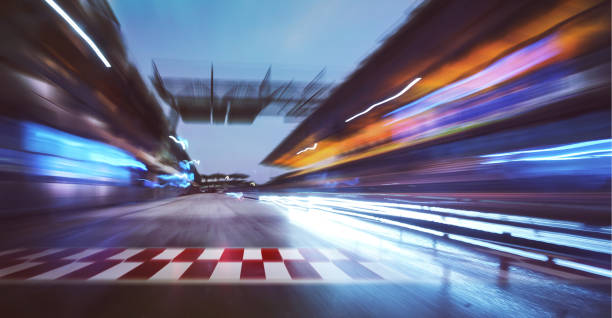Decoding the Science of Motor Skill Acquisition in Sports
Have you ever wondered how elite athletes make their feats look so effortless? While it's easy to attribute their prowess to natural talent, a crucial element often overlooked is their mastery of motor skills. This article delves into the fascinating world of motor skill acquisition and its critical role in sports performance.

The Science Behind Motor Skill Acquisition
Motor skills refer to the ability to execute movements with the desired outcome. These skills are fundamental in all sports disciplines, from a golfer’s swing to a basketball player’s free throw. The process of acquiring these skills—learning, practicing, and honing until they become second nature—is what we refer to as motor skill acquisition.
The development of motor skills begins in early childhood and continues throughout life. However, it’s during adolescence, where rapid neurological and physical growth occur, that the most significant strides in motor skill acquisition happen. This period is crucial in shaping an athlete’s skill set and performance capabilities.
The Role of Motor Learning in Sports
Motor learning is the process through which athletes acquire and improve motor skills. It involves changes in the nervous system that allow for the production of new motor skills and the refinement of existing ones. This learning process is categorized into three stages: cognitive, associative, and autonomous.
In the cognitive stage, the athlete learns the basic movements of the skill. In the associative stage, they refine the skill through practice. Finally, in the autonomous stage, the skill becomes so ingrained that it can be executed automatically, allowing the athlete to focus on other aspects of their performance.
The Interplay of Genetics and Environment
While certain genetic factors can predispose individuals to excel in specific sports, motor skill acquisition is a complex interplay of genetics and environment. Research has shown that practice and training can significantly influence an athlete’s motor skills, regardless of genetic predisposition.
Motor Skill Acquisition in Action: Tennis
Consider tennis, a sport that demands a high level of motor skill mastery. The serve, for instance, requires precise coordination of the legs, trunk, and arms, as well as timing and accuracy. By understanding the mechanics of the serve, and through repeated practice, a tennis player can enhance their serving skills, improving their overall game performance.
The Future of Motor Skill Acquisition in Sports
While the fundamental principles of motor skill acquisition remain constant, sports scientists continually refine their understanding of this process. The integration of technology, such as motion capture systems and virtual reality, offers exciting potential for enhancing motor skill learning and performance in athletes.
In conclusion, the science of motor skill acquisition offers a profound understanding of how athletes achieve their extraordinary feats. By delving into this fascinating topic, we can appreciate the dedication, practice, and precision that goes into mastering the skills necessary for sports excellence.




